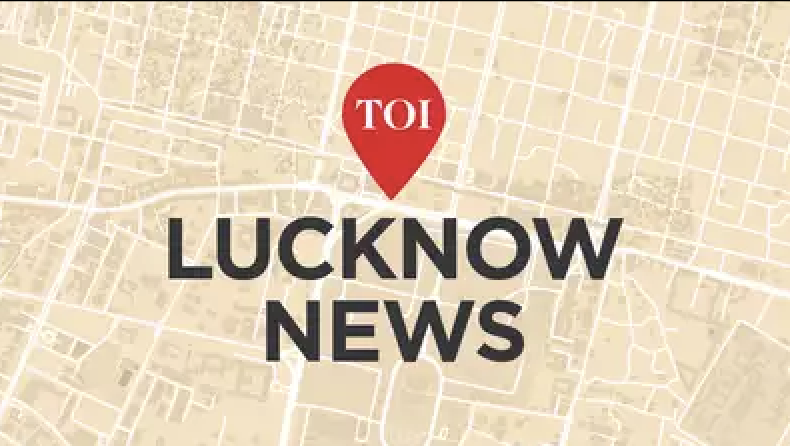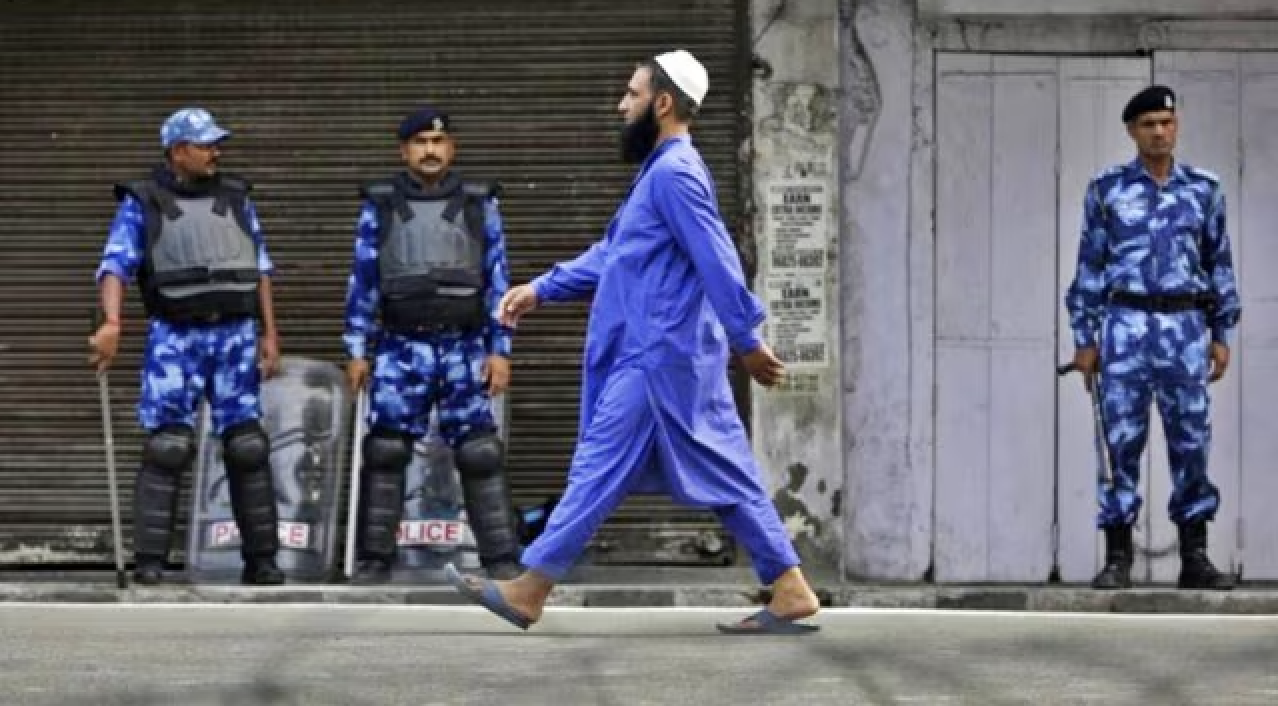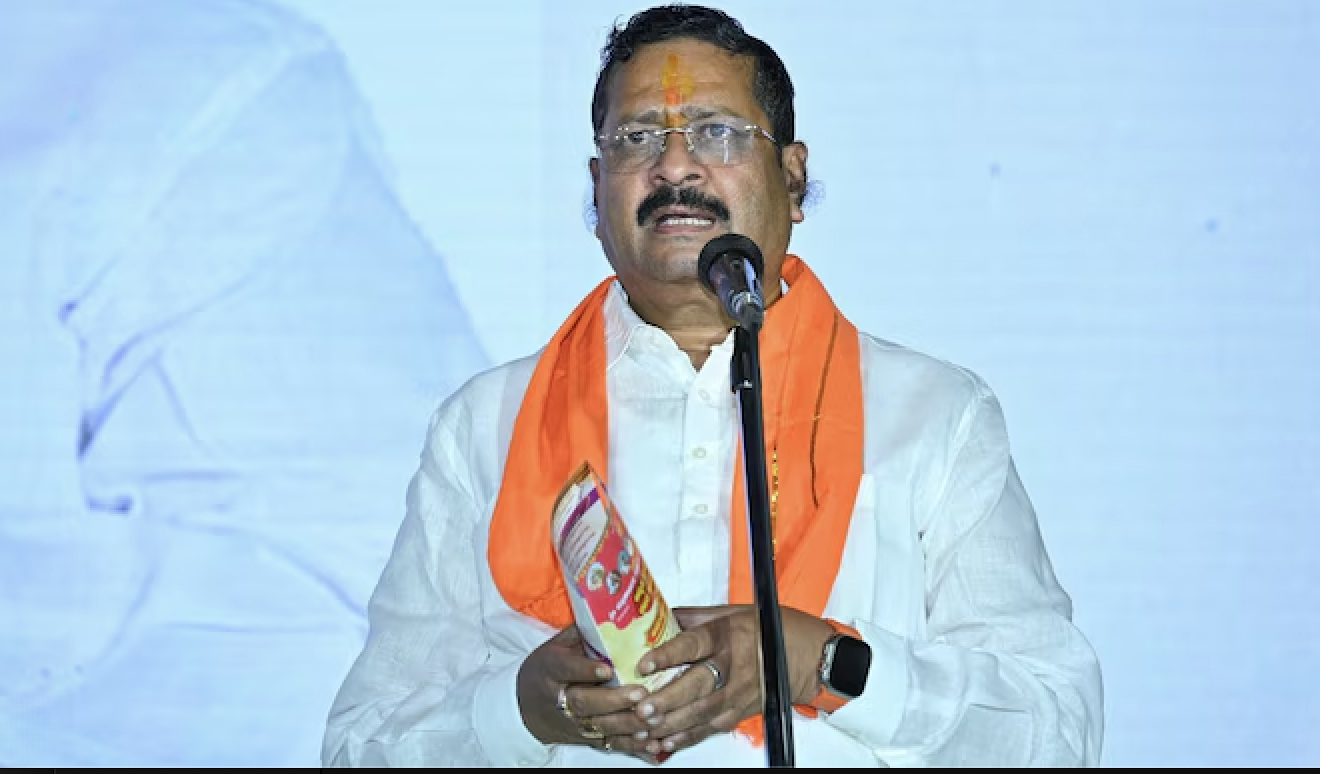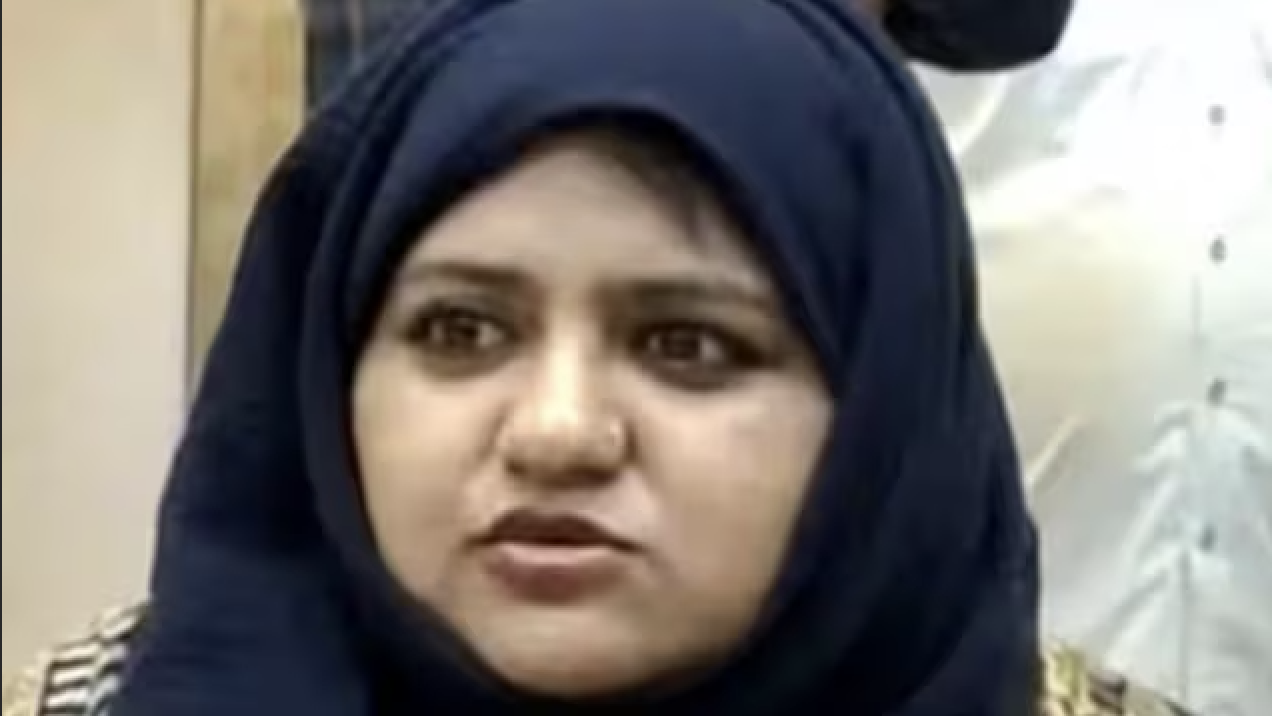
By KS Dakshina Murthy / The Federal
Alongside the hijab, the BJP has now opened another arena of controversy – with a senior Karnataka minister wishing that the RSS flag “bhagwa dhwaj”, or the saffron flag, will take its place as the national flag sometime in the future – “100, 200 or 500 years later.”
The minister, KS Eshwarappa’s, comments are in itself not surprising as the Sangh Parivar has a well-documented history of opposing the national tricolour even prior to Independence and backing the saffron, or the bhagwa dhwaj, in its place.
While the tricolour represents the nation’s multicultural identity, the bhagwa stands for a single Hindu-centric identity, making it clear that the wish list of Eshwarappa is rife with consequences for the country.
Therefore to say that the tricolour will be replaced by the Hindu saffron flag from the ramparts of the Red Fort raises doubts over the commitment of elected representatives of the BJP to India’s secular and pluralistic Constitution. Also, questions arise whether the party and its larger umbrella grouping, the Sangh Parivar, are tactically playing along with the existing national tricolour until an appropriate time when the change to saffron can occur.
The Congress at the legislature session on Wednesday demanded that the minister be prosecuted on charges of sedition and that he must resign from the Assembly. Eshwarappa had, however, introduced a caveat while revealing his bhagwa dhwaj wish, stating that he was loyal to the tricolour and none must disrespect it.
However, if one takes Eshwarappa’s statement to a logical conclusion, it would mean that if and whenever the bhagwa dhwaj is flown over Red Fort, it would necessarily come at the cost of the national tricolour.
The bhagwa dhwaj is no ordinary flag. It was created at the time of the formation of the RSS in 1925, and under instructions from its one-time chief Golwalkar, the flag is considered the “guru” (mentor) of the organization – the reason why RSS members salute the flag in all of their events including shakhas.
The bhagwa’s rivalry with the tricolour goes back to the time when independent India adopted it as the national flag, and even earlier when it was extensively used during the freedom struggle.
Hindu Mahasabha leader with close ties to the RSS and a minister in India’s interim government from 1947-50 Shyama Prasad Mookerjee strongly argued for having the bhagwa dhwaj as the country’s flag. According to reports quoting archival records, Mookerjee termed the saffron flag as being the complete representative of the Indian civilisation and that it was not necessary for the bhagwa to be acceptable to all communities.
Apparently, Mookerjee even expressed his loyalty to the bhagwa and flew the flag at his official residence as minister in the union government, using the national tricolour sparingly.
When Eshwarappa spoke of the bhagwa, he was in all likelihood echoing the views of his fellow members in the RSS. Since 1928, the saffron flag is worshipped formally on what is known as Vyas Poornima in the Hindu calendar. Incidentally, in the RSS hierarchy the flag occupies a place higher than the organisation’s chief, or the sarsangchalak.
If, indeed the bhagwa does flutter over the Red Fort, it implies that India will have become a Hindu Rashtra for only then is it possible for the bhagwa to be hoisted in that spot, the holy grail of the country’s identity.
During the farmers’ protest during the 2021 Republic Day celebrations, an apparent attempt by a section of the protesters to hoist their flag was viewed grimly by the central government. It was a bhagwa of a different hue – one that carried the Sikh insignia, or the Nishan Sahib. The government filed charges of sedition against those accused of trying to hoist the flag in competition with the national tricolour.
It is on similar grounds that former Karnataka chief minister Siddaramaiah is now demanding that charges of sedition be brought against Eshwarappa for suggesting that the bhagwa should one day be hoisted in place of the national tricolour.
The BJP came to power leading a coalition under the NDA umbrella in 1999 with Atal Behari Vajpayee as prime minister. It faced embarrassment when reports pointed out that the RSS headquarters at Nagpur had not hoisted the national tricolour on National days like Republic Day and Independence Day and instead preferred to fly the organisational flag, bhagwa dhwaj. The RSS had hoisted the tricolour on India’s first Republic Day in 1950, but not for 52 years since then.
In 2001, a group of outsiders forced their way into the RSS headquarters and tried to forcibly hoist the tricolour. They were arrested. When the RSS filed a complaint, a piquant situation arose because the charges were that they tried to hoist the tricolour. Realising the irony of the situation, the RSS quietly withdrew the complaint.
Eventually, in 2002, the RSS voluntarily hoisted the tricolour. The organisation attempted to explain away its preference for the saffron flag on the grounds that according to the government regulations at the time, no private organisation or individual could fly the tricolour.
But a fact check by Alt News has shown that according to the Indian flag code and a home ministry letter of 1971, private individuals and organisations could fly the tricolour on select days including Republic Day and Independence Day — in effect the RSS explanation falls flat.
Congress leader Sardar Patel, who the BJP is now to attempting to co-opt as one of its own, had made the RSS’s acceptance of the tricolour as one of the conditions on which the ban on the organisation would be lifted. The RSS had agreed and its ban was lifted in December, 1949 – more than a year after it was proscribed following the assassination of Mahatma Gandhi.
In 1998, when the BJP first came to power as part of a coalition, it set up the Venkatachalaiah commission to review the Constitution, but the exercise was abandoned following widespread protests.
Eshwarappa’s statement, therefore, is not an isolated instance or even a Freudian slip. It comes in the context of calls for a relook at India’s Constitution from BJP representatives like Karnataka MP Ananthakumar Hegde, increasingly rabid hate speeches by Hindutva-inspired groups like the one in Haridwar and the rising instances of attacks on minority Christians besides the targeting of Muslims. Clearly, the Sangh Parivar’s Hindutva project is on track.
This article first appeared on thefederal.com






